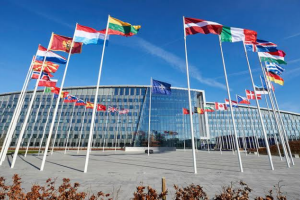Students will soon explore the mystery of amateur radio, courtesy the Ramkrishna Mission that has proposed such a pioneering move.
Swami Kamalasthananda, principal, RK Mission Vivekananda Centenary College, Rahara stated in a communication to the Indian Academy of Communication and Disaster Management, Sodepur, “We want to start Amateur Station Operator Certificate (ASOC) course for our undergraduate 1st semester chemistry (Honours) students from this academic session.”
Advertisement
This, according to officials, is a unique effort in West Bengal.
After completion of the course, a gateway for the students may open for absorption as radio operators, radio officers, radio repeater assistants with the Indian Army, Indian Navy, airport traffic communication officers, alongside the police and paramilitary forces, the officials said. The principal said, “Initially we’ve floated the six-month course for chemistry students but after a year, it may be offered to the students from physics stream too. We’ve got plans to set up a HAM radio station within our campus.”
In India, persons aged over 12 are eligible to become an amateur radio operator, after qualifying the ASOC. The exam is conducted by the wireless planning & coordination wing of the ministry of communications at the wireless monitoring stations across the country.
A Bengaluru-based organization, a Srinagar-based private engineering college and a Hyderabad-based institution are some centres beyond Bengal, who have ventured first on the discipline. “The students seemed to be quite enthusiastic about the radio course and 70 enrolled chemistry students today joined the inaugural class,” said Ambarish Nag Biswas, chairman, Indian Academy of Communications.
Amateur radio, commonly known as HAM, uses radio frequency spectrum for exchanges of non-commercial messages, rescue of trapped persons in any disaster, besides, wireless experimentation. It’s established by the International Telecommunication Union (ITU) through respective radio regulations. Such radios, however, are restricted to a small set of frequency bands allocated through the radio spectrum. The first amateur radio operation can be traced back to the late 19th century, but as practiced in the modern world today, according to Nag Biswas, “Began in the early 20th century in the USA.” The word HAM, initially was used by the wired telegraphs professionals to mock the operators as slur.











